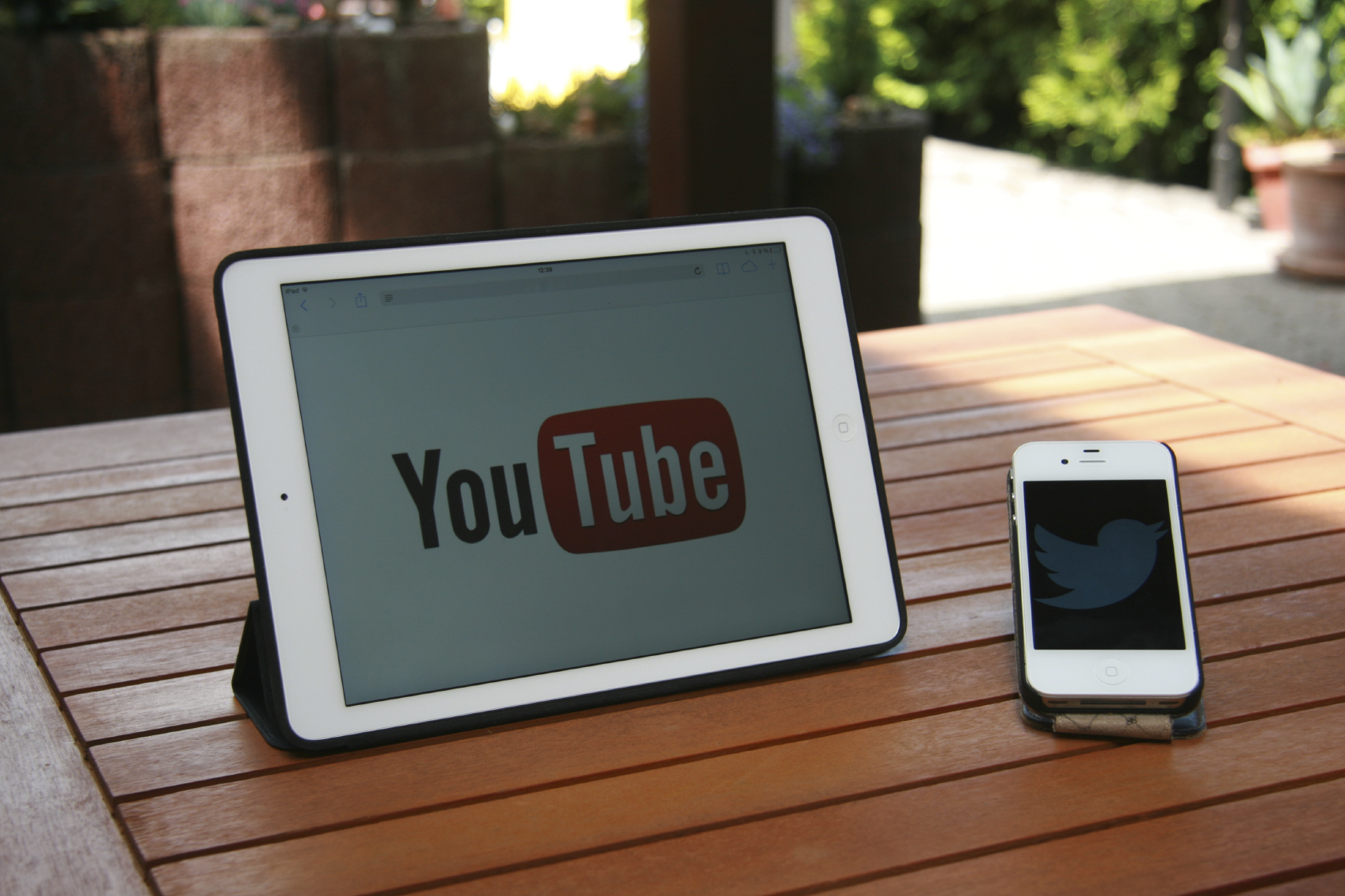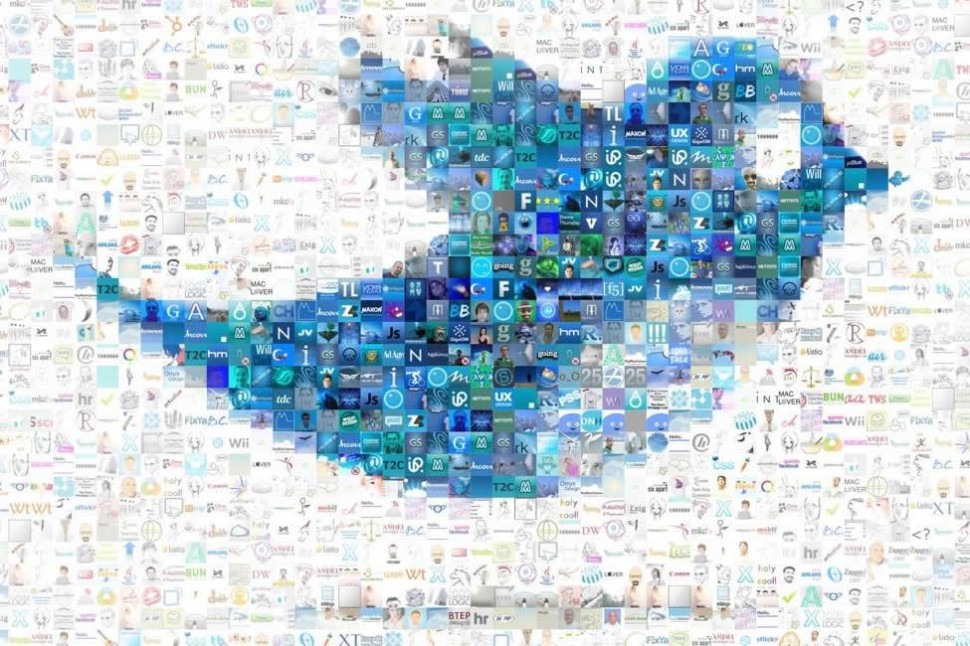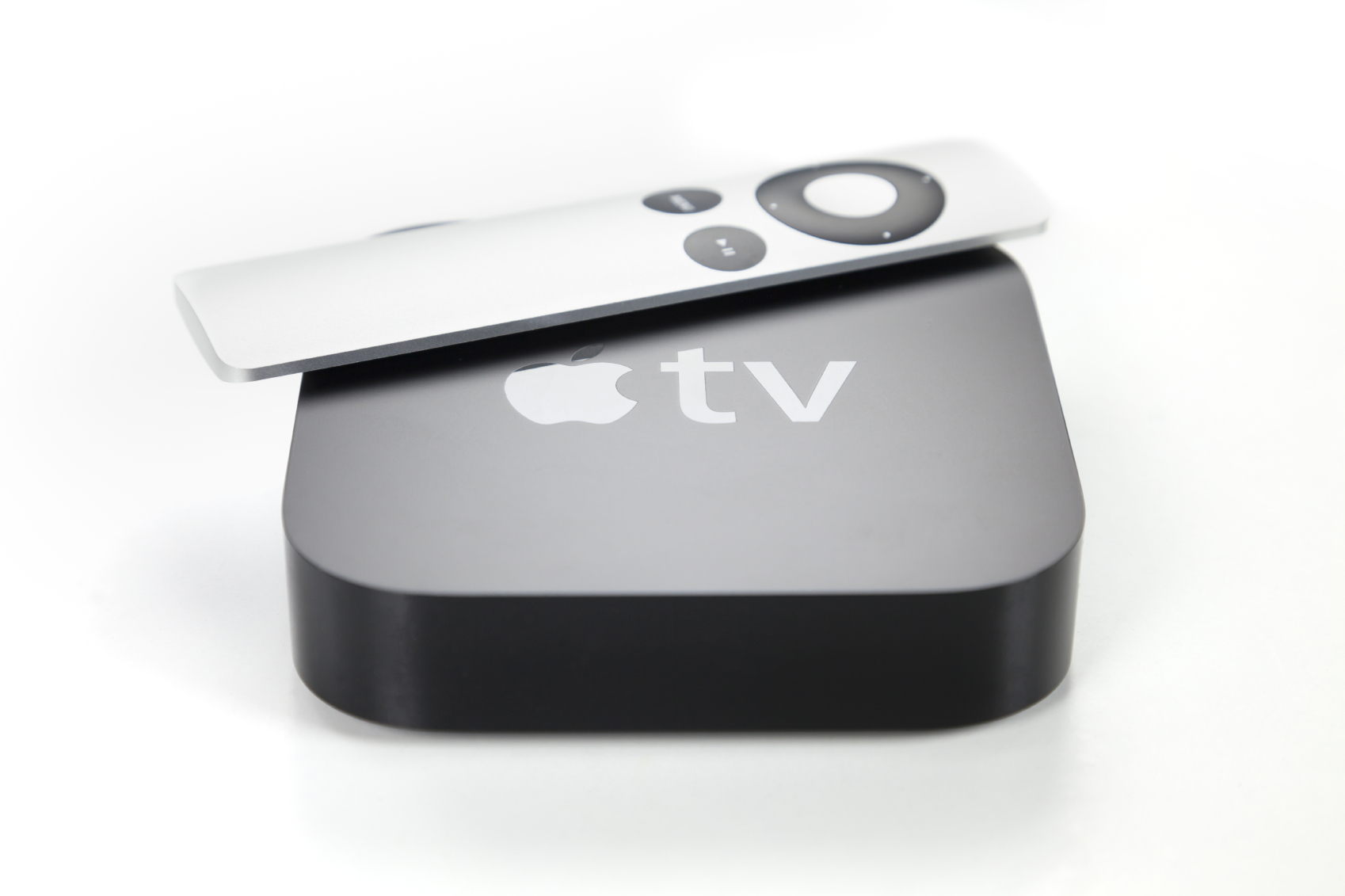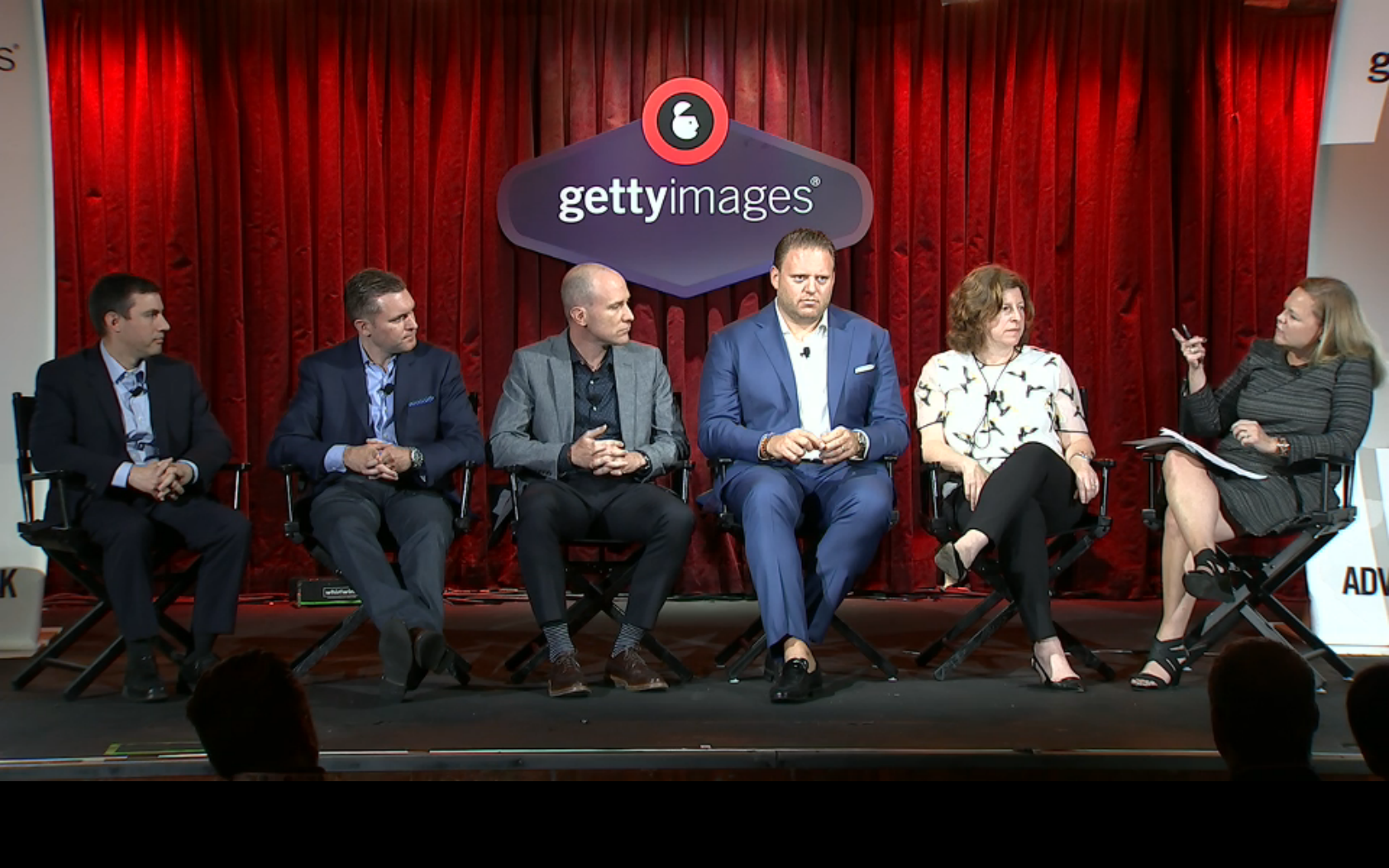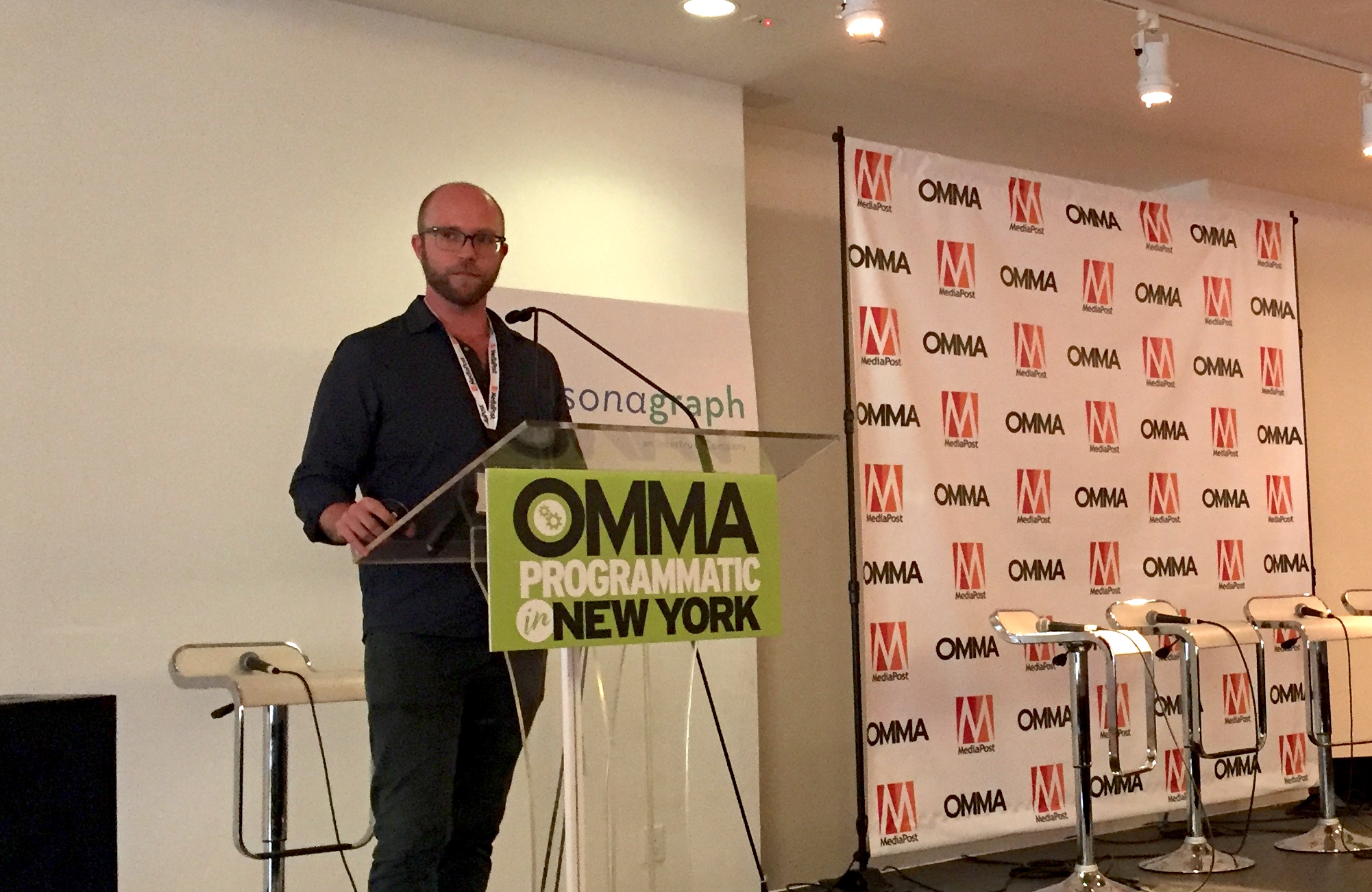This morning, IPG Mediabrands held an Advertising Week event to tackle one of the hottest topics in the ad industry today, viewability. The event consisted of a presentation of the Lab’s new research results and a panel discussion featuring five industry insiders.
Kara Manatt, our VP of Consumer Research Strategy, kicked off the event with a presentation of never-before-seen research conducted by the IPG Media Lab in partnership with our sister agencies Cadreon and Magna Global, along with Integral Ad Science. In her presentation, Manatt explained how the new viewability study rigorously tested standard banner, rich media, and auto-play video ads from two brands representing different industry verticals and shared some key findings from the research. The widely accepted MRC standard for viewability, as the research shows, is not a magic threshold for improved ad recall, but rather “a stepping stone for ad effectiveness.” This means even some impressions below the MRC standard have impact on viewers. For example, the research finds that while the MRC standard states video ads need to have at least 50% in view for 2 seconds to count as viewable, our study found that for significant impact auto-play video ads with audio on only need 25% in view for 2 seconds.
Following the insightful presentation, Suzanne Vranica of the Wall Street Journal moderated a panel discussion featuring Gail Horwood from Johnson & Johnson, Mitchell Weinstein from Magna Global, Zach Putman from ABC Television, Ian Wallin from Integral Ad Science, and Howard Mittman from GQ. The panelists talked about a wide range of issues surrounding ad viewability, including vendor standards, ad fraud, and different perspectives on finding solutions for viewability issues. “Viewability is not an entry point, it should be an exit point,” Gail Horwood remarked, pointing out the importance of focusing on delivering ads in an impactful, viewable manner. Mitchell Weinstein concurred by saying that “for agencies, viewability is really about only paying for the ads that are seen.” Overall, the panelists agreed that viewability is a crucial issue that the digital ad industry needs to overcome. While achieving 100% viewability is practically impossible, striving for better viewability via developing new standards and eliminating fraudulent ads is not the ultimate goal, but rather a means for clearing the path to reach the consumer audience.


